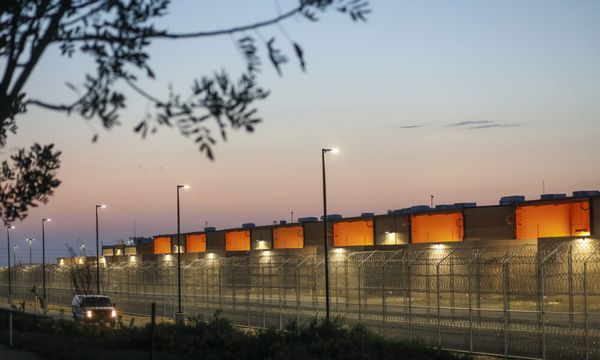
Heatwaves across the world are worsening air quality and pollution, scientists have said.
The World Meteorological Organization (WMO) has said extreme temperatures are not the only hazard from heatwaves but that they also cause pollution-related health problems.
In their annual air quality and climate bulletin, the meteorologists have highlighted a “vicious cycle” of climate breakdown and air pollution.
They have shown that heatwaves sparked wildfires in the north-western US and heatwaves accompanied by desert dust intrusions across Europe, which both caused dangerous air quality in 2022.
The hot temperatures in Europe, which in 2022 were record-breaking, led to higher levels of particulate matter in the air, the bulletin says. During the second half of August 2022, there was also an unusually high intrusion of desert dust over the Mediterranean and Europe.
“Heatwaves worsen air quality, with knock-on effects on human health, ecosystems, agriculture and indeed our daily lives,” said the WMO secretary general, Prof Petteri Taalas. “Climate change and air quality cannot be treated separately. They go hand-in-hand and must be tackled together to break this vicious cycle.”
He said the data used in the bulletin was from last year, and 2023 had been even more extreme. He said: “July was the hottest ever month on record, with intense heat in many parts of the northern hemisphere and this continued through August.”
People can take action against air pollution in the case of wildfires and other heatwave-related hazards. The bulletin includes case studies from Brazil showing that parks and tree-covered areas within urban areas can both improve air quality and absorb carbon dioxide.
“Heatwaves and wildfires are closely linked. Smoke from wildfires contains a witch’s brew of chemicals that affects not only air quality and health, but also damages plants, ecosystems and crops – and leads to more carbon emissions and so more greenhouse gases in the atmosphere,” says Dr Lorenzo Labrador, a WMO scientific officer in the Global Atmosphere Watch network which compiled the bulletin.







